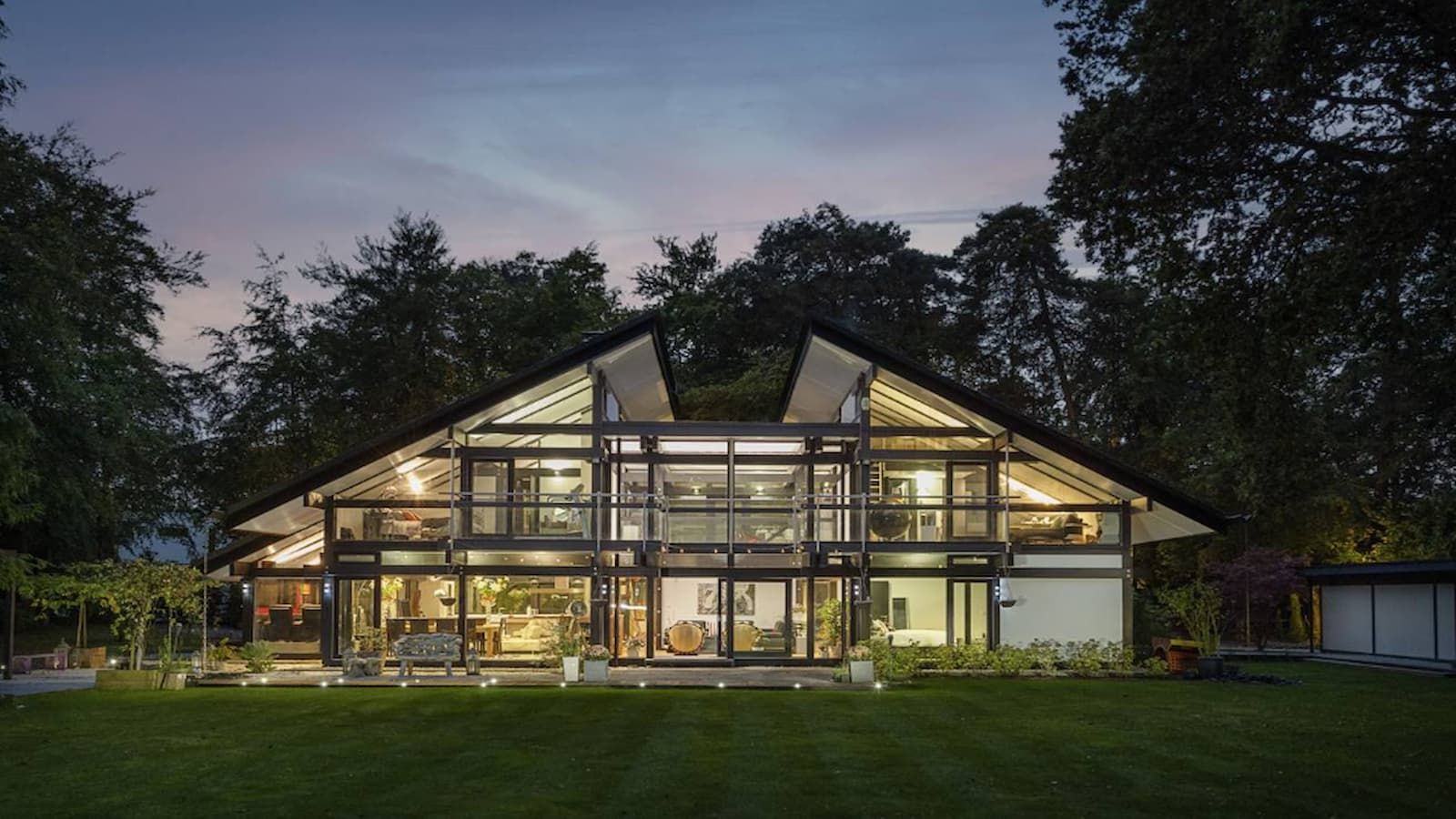
"The UK is facing a housing crisis, with a government target to build 1.5 million new homes by 2029. Traditional construction is struggling to keep up due to rising material costs, labour shortages, and slow planning approvals. Prefabricated homes are being promoted as a potential solution. Advocates argue they can build homes faster, with higher quality and lower environmental impact, while the 2025 Modular and Prefabricated Construction Market Report shows the global market is growing rapidly. But sceptics question whether prefabrication can be scaled effectively in the UK."
"Prefabricated homes, often called "prefab," are self-build homes that use offsite factory-made components. These can include panels for walls, floors, and roofs, or entire volumetric modules that form complete sections of a house. Once manufactured, the components are transported to the site and assembled, reducing the need for extensive on-site labour and avoiding delays caused by weather or material shortages. Factory construction allows for greater precision and quality control, often resulting in fewer defects compared with traditional builds."
"The 2025 Modular and Prefabricated Construction Market Report shows that the global market for prefab construction is growing strongly, driven by urbanisation, sustainability goals, and labour shortages. The report notes: "Modern methods of construction, including volumetric and panelised prefabrication, benefit from digital design tools and factory-based production, increasing efficiency and quality." While this growth is global, the UK has lagged behind, leaving significant potential for domestic homes."
Britain needs 1.5 million new homes by 2029 while traditional construction faces rising material costs, labour shortages, and slow planning that hinder delivery. Prefabricated homes use factory-made panels or volumetric modules assembled on site, reducing on-site labour, weather delays, and defects while improving precision and quality. The global prefab market is growing due to urbanisation, sustainability aims, and labour constraints, supported by digital design and factory production. Some countries have mature prefabrication sectors, offering lessons for scaling. Major challenges in the UK include industrial capacity, supply chains, planning, and questions about whether rapid nationwide adoption is feasible.
Read at Homebuilding
Unable to calculate read time
Collection
[
|
...
]